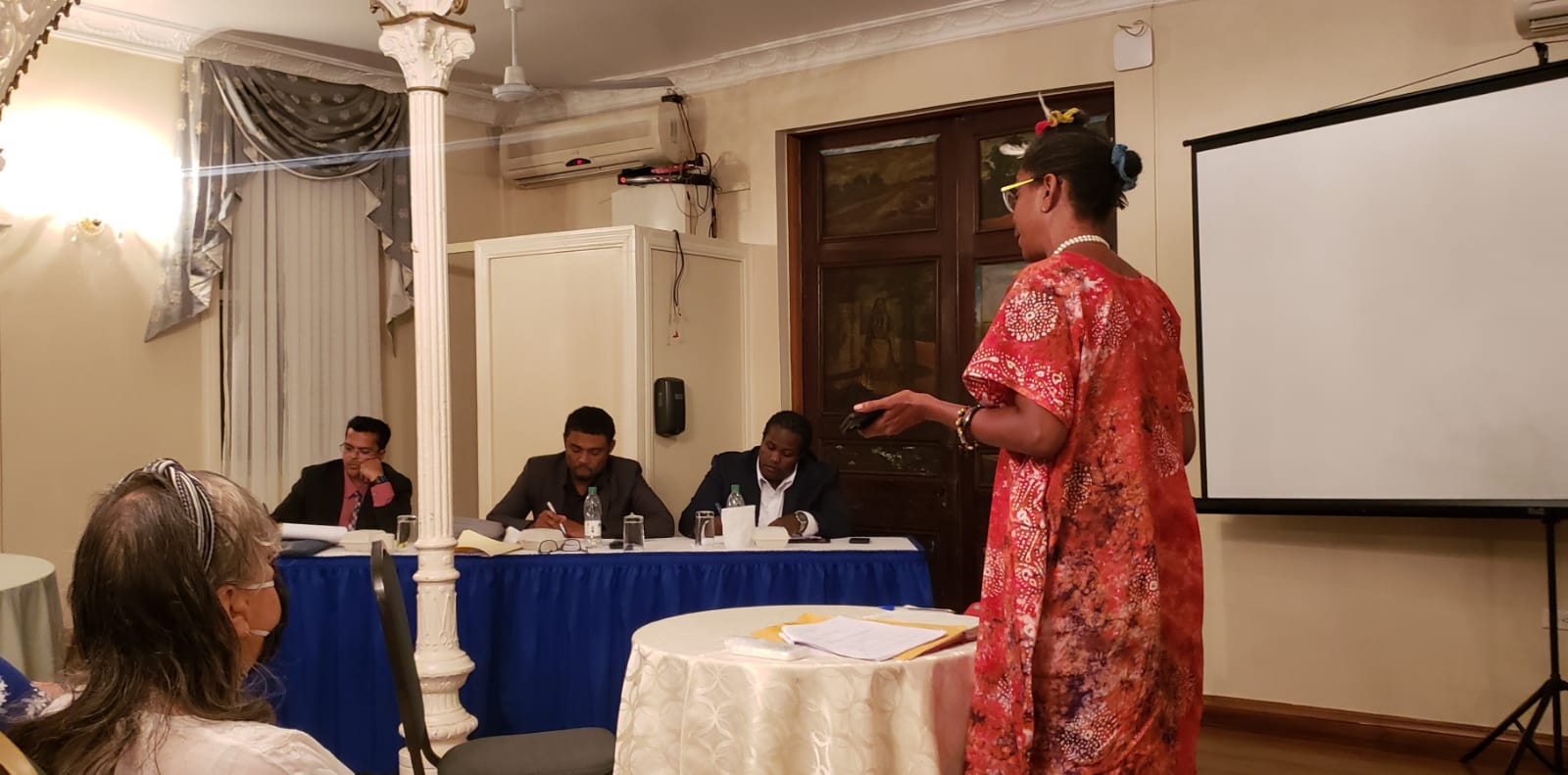The Environmental Assessment Board (EAB) arm of Guyana’s Environmental Protection Agency (EPA) held a hearing on March 22 on appeals filed to challenge the Agency’s decision to not require a separate Environmental Impact Assessment (EIA) for a proposed 300 megawatts (MW) natural gas power plant. The plant is being pursued by state electricity provider, Guyana Power and Light (GPL), under the Gas-to-Energy project.
Here’s what you need to know:
- The EPA announced the EIA exemption back in January, citing that the project will have no significant impacts on the environment. The EPA has said that the proposed location for the project falls within the area of influence/footprint of an EPA-approved Gas to Energy Project (GtE) that was subjected to a comprehensive EIA, including a Cumulative Impact Assessment (CIA).
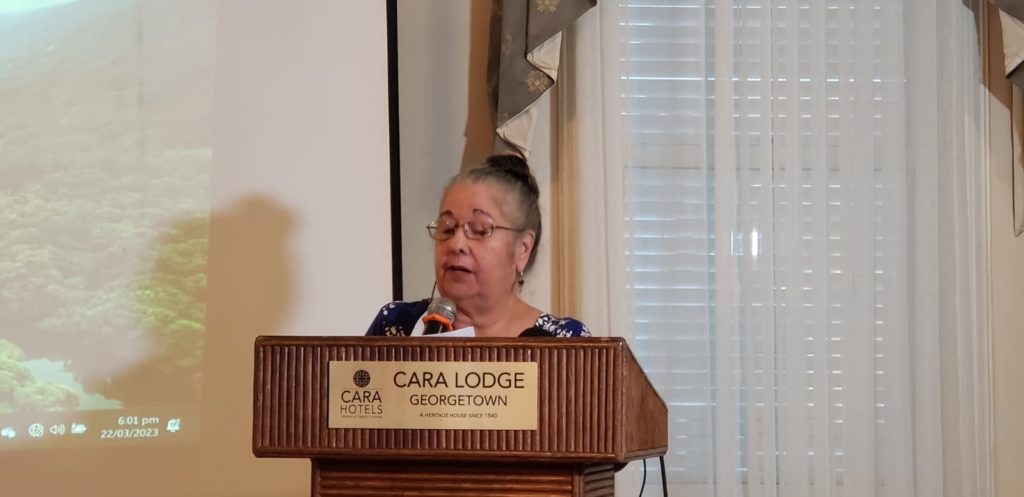
- However, three Guyanese: Vanda Radzik, Danuta Radzik and Elizabeth Deane-Hughes were among several who filed appeals to challenge that decision.
- The EAB consist of three members: Guyana Energy Agency Head, Dr. Mahender Sharma who serves as the Chair, Permanent Secretary, Ministry of Natural Resources, Joslyn McKenzie and Chief Hydrometeorological Officer, Dr. Garvin Cummings.

- The EAB was recently constituted, and its composition has drawn public concerns from activists who have called for their appointments to be rescinded. This was also raised at the beginning of the hearing, with all three activists stating that the EAB was not fit to preside over it.
- Under protest, the three Guyanese in their presentations argued that the CIA does not contain sufficient information to address the potential impacts of the power plant including measures to address explosions, leakages, impacts on water, air quality and greenhouse gases. On this basis, they believe an EIA must be done.
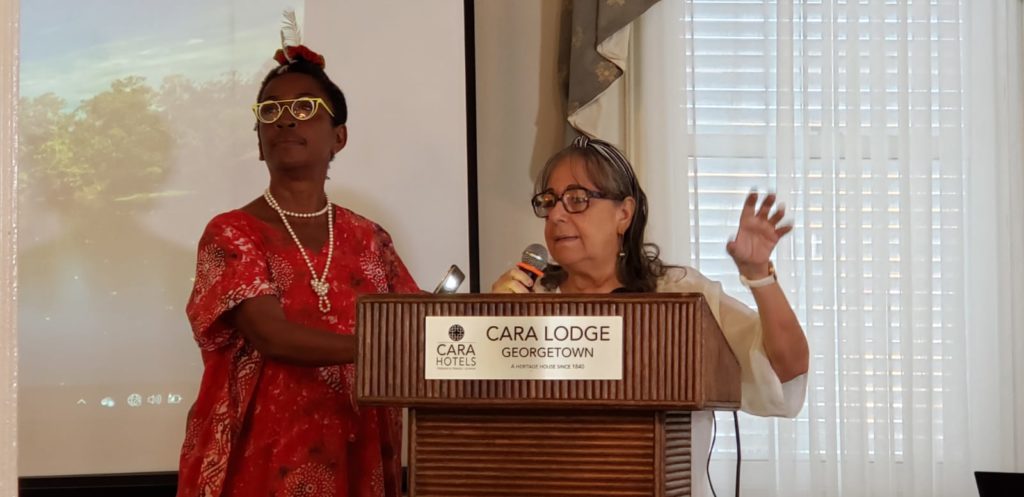
- They also argued that little consultation was done with residents to be affected and said that the government has provided no alternatives to the gas project.
- Representing the EPA and its decision, Executive Director Kemraj Parsram said the Agency’s decision was taken with advice from international experts and available scientific data. He said that GtE Environmental and Social Impact Assessment (ESIA) considered the potential impacts of the power plant.
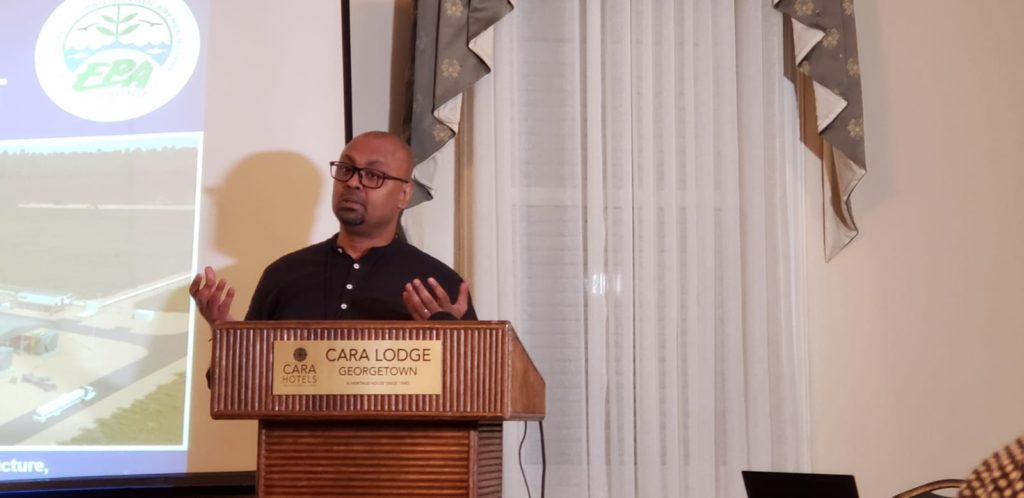
- On alternatives, Parsram said the government is also considering wind, solar and hydro projects.
- Head of Guyana’s GtE Taskforce, Winston Brassington also gave a presentation on the project with updates on construction and expected economic benefits to the country from the project.
- All presenters faced questions from the EAB.
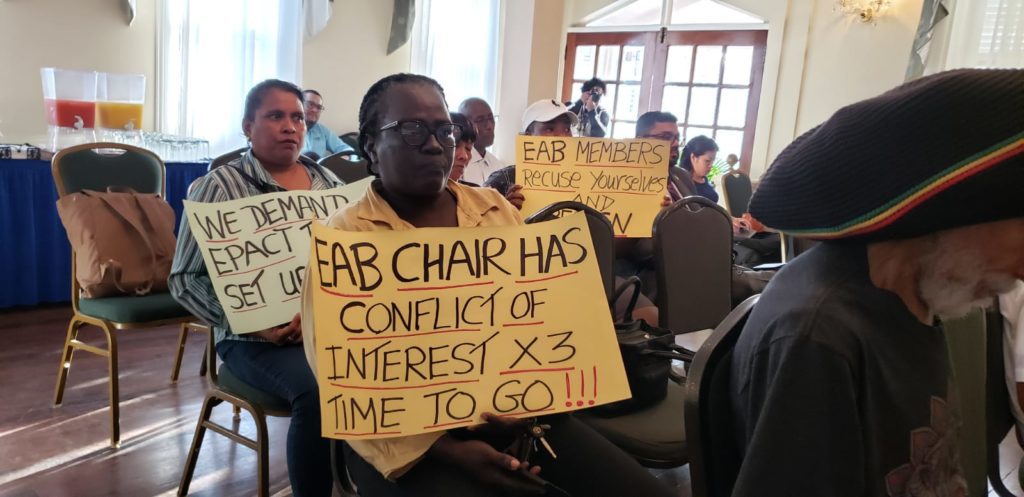
- The Board will now deliberate and decide whether to uphold the EPA’s decision or require that a separate EIA be conducted for the power plant.
Gas-to-Energy is a project that aims to put infrastructure in place so natural gas can be transported from the offshore Stabroek Block’s liza oilfield to an integrated gas processing facility at Wales, on the West Bank of Demerara.
The project will deliver natural gas liquids (NGL) and dry gas to the government of Guyana.
A subsea pipeline will be installed on the seafloor to transport natural gas from the Liza field to an onshore pipeline at the West Coast of the Demerara river. The onshore pipeline will deliver the gas to an integrated facility at Wales, on the West Bank of Demerara.
At this facility, a natural gas liquids (NGL) processing plant will treat the gas to remove NGLs for commercialisation, and a 300 megawatts (MW) power plant will use the dry gas to generate electricity for domestic use.


